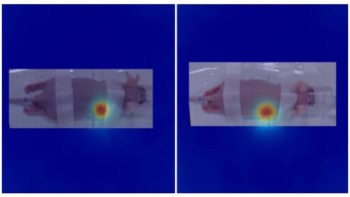Think small, win big. That’s the headline message coming across loud and clear in our latest video feature exploring the biomedical applications of magnetic nanoparticles, a multidisciplinary field of endeavour that’s witnessed rapid growth over the past five years.
Just press “play” on the video Q&A with Kevin O’Grady, professor of physics at the University of York, UK, for an engaging overview that covers the fundamental science of magnetic nanoparticles as well as looking ahead to the delivery of real-world diagnostic and therapeutic nanoparticle technologies.
Right now magnetic nanoparticles are the focus of fast-moving R&D efforts in areas like targeted drug delivery, gene therapy, heat treatment of cancerous tumours (hyperthermia) and magnetic-particle imaging.
When it comes to the science, a recurring theme is the ability to tailor the magnetic properties of nanomaterials by reducing the length scale of certain critical dimensions – for example, particle diameter, separation distance and thickness.
Equally important is the creation of cross-disciplinary research teams. “It’s absolutely critical,” notes O’Grady. “You not only need to make the particles and to understand the physics of their magnetic properties. Then you need chemistry – because you need to separate the particles so that they can act individually to provide the functionality that you’re trying to achieve.”
To add a further level of complexity, scientists must tailor the performance of the nanoparticle so that it does exactly what it’s intended to do in vivo or in vitro.
“[For example], you possibly want the particle to attach to one type of cell but not to another,” explains O’Grady. “Therefore you need to ‘functionalize’ the nanoparticle and that takes you immediately into the realm of biochemistry.”
He concludes: “In this area, as in many areas of biomedical technology, you need the full complement of skills. There can’t be any boundaries in this kind of science.”
- For readers interested in finding out more about this field of research, Journal of Physics D: Applied Physics has just published a cluster of three review articles on the biomedical applications of magnetic nanoparticles. The reviews are free to download until November 2010.



